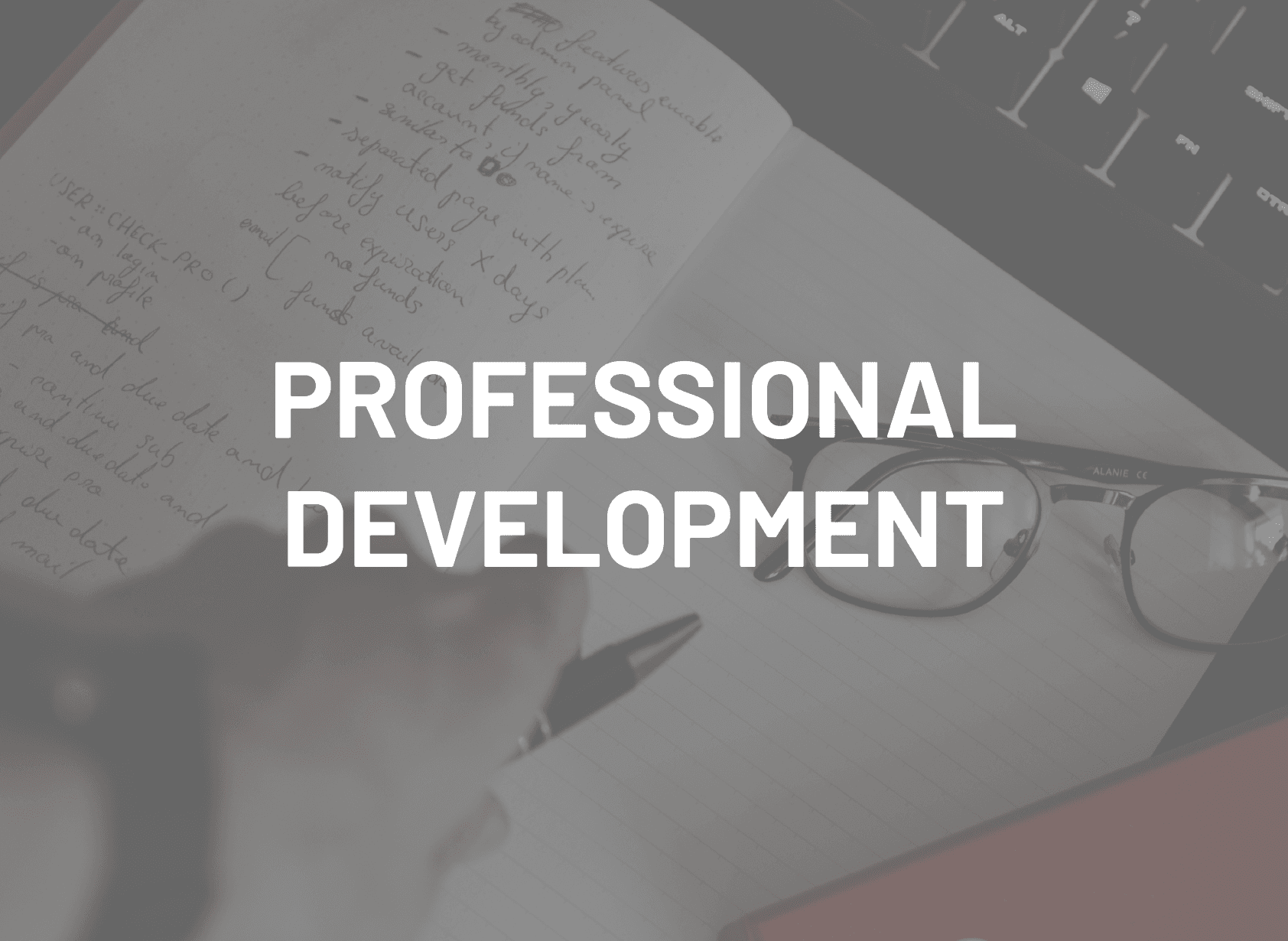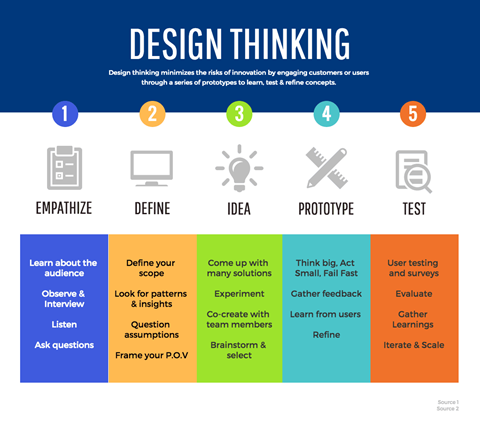
Design Thinking: 5 Phases to Better Serve the Public
March 15, 2022 | by Megan Lancaster
Removing bottlenecks
Eliminating inefficiencies
Improving accuracy
These are the common phrases championed by Continuous Process Improvement (CPI). When it comes to public procurement processes, methods, and practices, there is little doubt we could all benefit from a little CPI. We know that implementing CPI not only saves time and money but has the potential to transform an organization and its culture. However, finding new ways to approach CPI can often be challenging. We need new ways to approach the problems, no matter their size, within our offices and agencies.
Design thinking can do just that!
Although design thinking has been around for a while, many of us still think of it as a tool for “creatives.” The reality is, design thinking gives us an opportunity to reframe a problem by focusing our conversations around the end user. Problem-solving discussions then become grounded in making the process better for the identified end user and not sidetracked by conflicting objectives. In fact, design thinking works beautifully with Agile Procurement by bringing a “people-focus” to the center of our problem-solving. This makes it the perfect addition to any procurement team.
How to Bring Design Thinking to Your Office
After you’ve identified roadblocks or problems, it’s easy to jump right into providing a solution without considering if that solution is best solving the problem. Design thinking reminds us to take a step back and reframe the problem so we can arrive at more efficient, effective, and tailored solutions that meet our end users’, the public’s, needs.

1) Empathize
This is where it all begins! The goal of this phase is to move beyond our assumptions and place ourselves in the role of the end user. Essentially, we are asking ourselves: who has a problem or issue that needs solving. At this point, we aren’t defining the problem—just the group being impacted. This is the time to think about who we are trying to help and to put ourselves in the perspective of the end user, such as an agency, the public, or your office. For example, imagine we are developing a solicitation for janitorial supplies. We need to think about who is using the areas that need cleaning. Are they a vulnerable group like children or senior citizens? Are they using the space during normal business hours? Do they have any special needs?
You can gain this perspective by interviewing the potential users, researching what has been said or done about the problem, and even observing the people who currently are or have experienced a similar problem. It is all about putting ourself in their shoes.
2) Define
The next step is to use the information and insights you collected from the empathize phase and begin defining the problem that you and your team are trying to solve. In this step, we start to build on the who question and start asking how. This is when we develop our problem statements. One great way to approach this is by trying to finish the phrase: how might we…. In this case, we need to answer—how might we provide janitorial services to our specific end-user group? Now we have to start considering questions like… How often does the group need services? How do we ensure that the end users’ special needs (say toxic-free requirement because it is for a daycare) are met?
3) Ideate
Next, we move to the ideate phase and start generating potential solutions. It is time to get creative! During this time, we are continuing to focus on the “human-centered problem statement” and the “how might we…” questions from the define phase. Generating new, creative ideas to better meet the needs of a user is no easy task. However, there are ideate techniques with which you and your team can experiment. Here are some examples:
Most importantly, this isn’t the time to be critical about proposed new solutions or approaches. The goal is to generate a variety of new ideas and share them. For example, creating a single solicitation that incorporates specifications for different types of cleaning products based on the location. Hold on—don’t start evaluating just yet!
4) Prototype
Now, we get to choose an idea (or several) and start thinking about how it might work in practice. The goal of the prototype phase isn’t to find the perfect solution but to start understanding the positives and negatives of each idea. For example, if we refer back to the janitorial services solicitation, our potential solutions might include specifications about cleaning products, how frequently areas should be cleaned, or even the time-of-day that certain areas need to be cleaned. You might have even identified the problem of needing to include paper towels and trash liners in the RFP.
This is where you and the team can work together to move the proposed solution to a physical product. For example, you might move into drafting language for specifications for each type of location to make sure that daycare is getting cleaned with toxic-free cleaning products. Again, it doesn’t have to be perfect—it’s a draft that you will keep coming back to.
5) Test
Finally, we get to see if our draft can actually meet the needs of the end user. By physically creating a product, like our draft language, we can start concretely testing the draft or the prototype. At this phase, we can begin circulating the draft and asking for feedback. Often, the more feedback one can get on a draft, the better. We have to remember that improvement is a continual process and that a first, second, or fifth version only further showcases that you are keeping the end user, be it a young child at a daycare or senior citizen at a recreation center, front-and-center.
Now, it is time to get started!
Want to learn more about Design Thinking?
- Improve Your Procurement Ecosystem with Design Thinking – SIG Procurement Technology Summit 2021
- The Explainer: What is Design Thinking?
